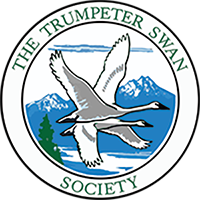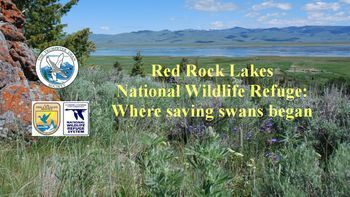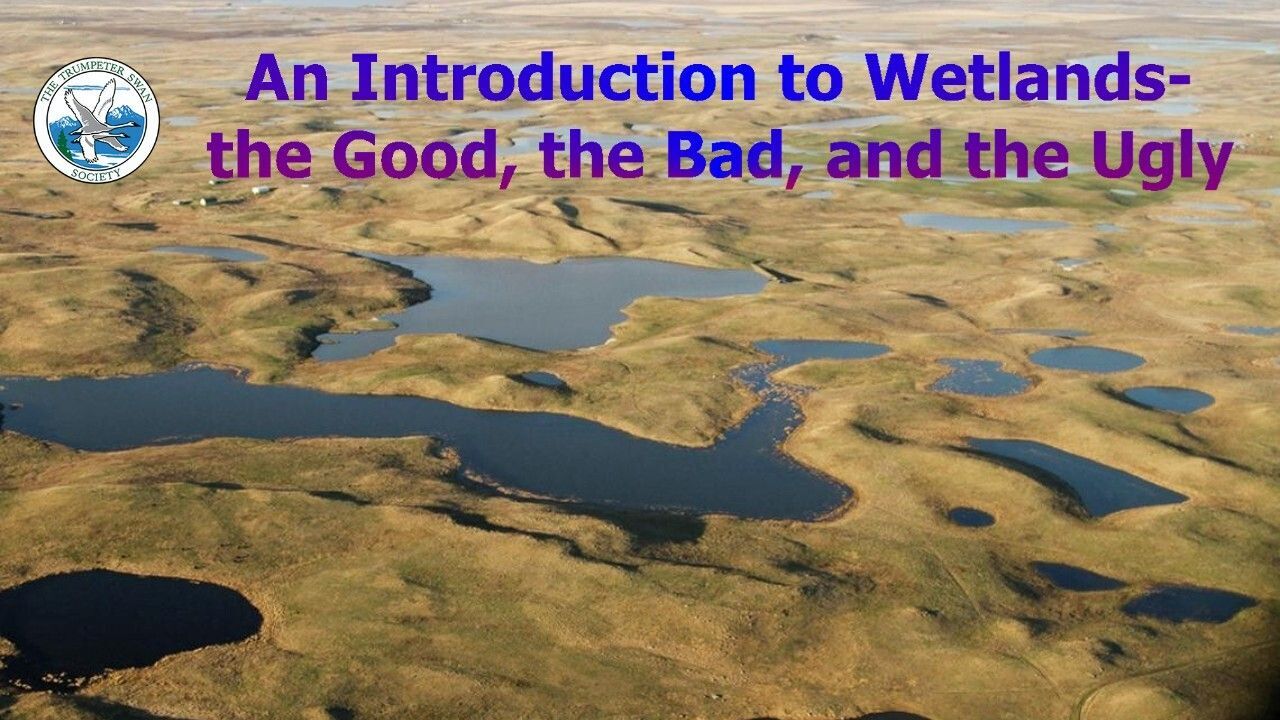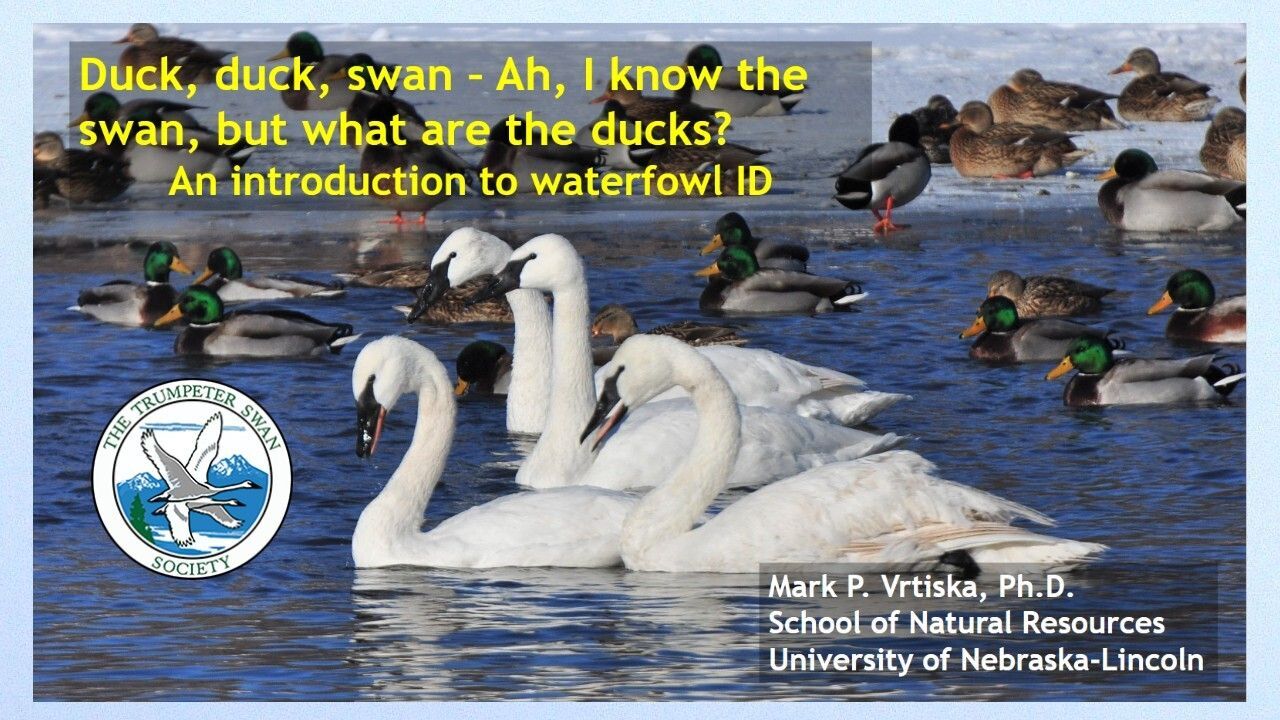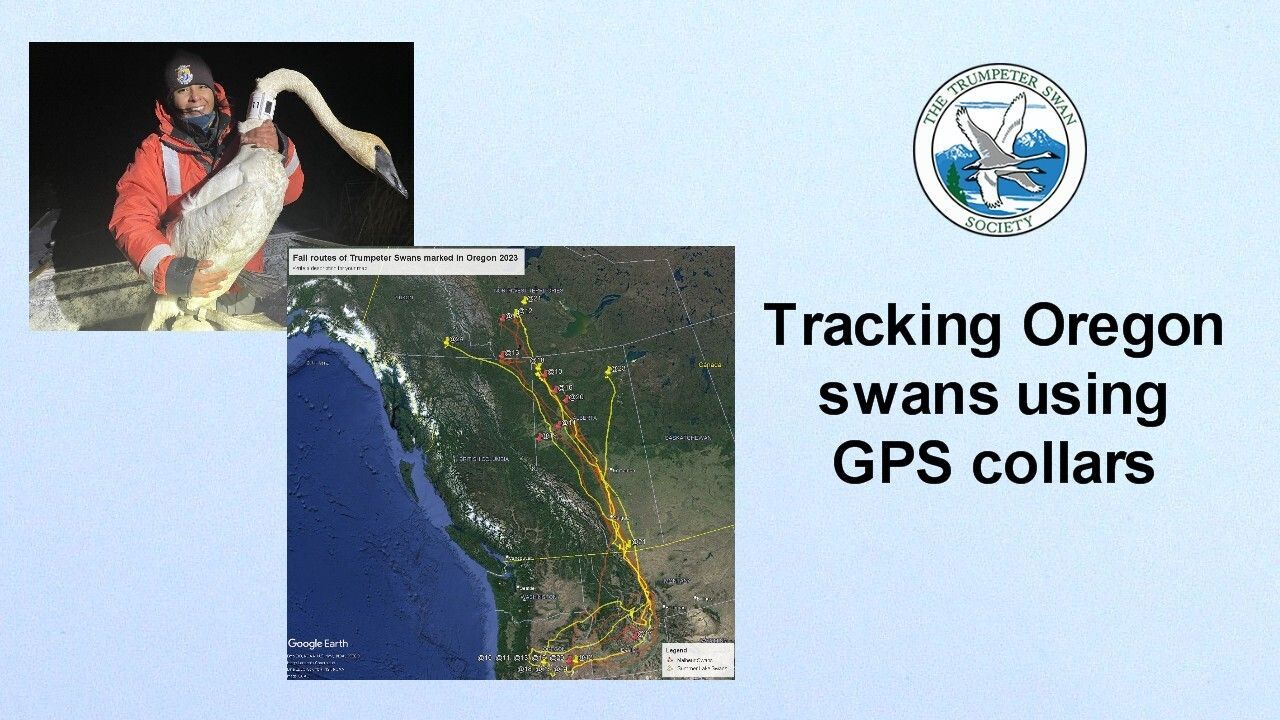Photograph by Margaret Smith
TTSS Blog 2025
British Columbia played a critical role in the survival and recovery of trumpeter swans. The province is the winter home of thousands of migrating trumpeter (and tundra) swans from Alaska and Yukon. British Columbia has both winter and summer nesting swan habitats- such as coastal estuaries, river valleys, and farmlands. However, these important habitats are often located on private lands.
In this webinar you’ll discover how the Nature Trust of BC and its partners purchased, protected, restored, and managed thousands of acres of key swan habitats since 1971. Success stories are shared, along with the stories of some of the special properties used by swans. The webinar showcases the beauty of these protected properties! You’ll learn about opportunities for both American and Canadian swan enthusiasts to accelerate conservation of even more swan habitat in BC.
Presenters:
Dr. Jasper Lament, CEO, The Nature Trust of British Columbia
Dr. Robert Butler, former Board Member, The Nature Trust of British Columbia
This webinar is an educational program of The Trumpeter Swan Society
NEBRASKA: Trumpeter swans are creatures of habit(at).
Good read by our own Trumpeter Swan Society Board member Mark Vrtiska on trumpeter swans in the Nebraska Sandhills.
Key points from his Nebraskaland Magazine article:
▪️Site loyalty: 38 GPS-tagged swans showed 80% return to the same nesting wetland and just over 70% to familiar wintering areas.
▪️Quality matters: Their preferred spots are clear, plant-rich waters—good indicators of overall wetland health.
▪️Why it matters: As Mark writes, “Swans are the big, white ‘canaries’ of high-quality wetlands, lakes, creeks and rivers.” Their status reflects how well we’re caring for these places—and, by extension, our own environment.
Discover the pivotal role this wild and beautiful refuge played in saving trumpeter swans.
The remote Centennial Valley is on the north side of the Continental Divide, in Southwest Montana. It is a vast, high elevation, nearly intact, landscape of forest, sagebrush steppe, wet meadow, and the largest wetland complex in the 20 million-acre Greater Yellowstone Ecosystem.
The Red Rock Lakes NWR was established in the Valley in 1935 by President Franklin Roosevelt to save what was believed to be the nearly extinct trumpeter swan. In addition to helping save the swan, the result has been extraordinary conservation of other iconic wildlife on the brink in the Yellowstone Region.
Presenter: Bill West, Retired Red Rock Lakes National Wildlife Refuge Manager
ALASKA: "FAIRBANKS, Alaska (KTUU) - Migratory birds have returned to Fairbanks for the spring and summer, as Creamer’s Field Migratory Waterfowl Refuge prepares the red carpet for their new arrivals." Read more...
WEBINAR: Wetlands are an important ecosystem that provide habitat for plants and animals, but have multiple benefits to humans as well. In this webinar, you will learn:
• How to know if you’re looking at a wetland
• The different kinds of wetlands you may see or have in your area
• Wetland functions and benefits
• The current status of wetlands (losses, threats and protection)
· And, finally, how you can help.
WEBINAR: Other waterfowl can be found with Trumpeter Swans? If you don't know what species they are, this webinar will provide a preliminary guide to identifying the most common duck and goose species you may see, whether you live in the east, midwest or west.
IOWA: "Swans mate for life, and they perform an elaborate courtship dance to cement their bond. They typically breed during the spring or summer, with some species traveling to the Arctic in flocks to do so. They build huge nests at the edge of the water, where a female swan lays between three and eight eggs. Both parents take turns incubating the eggs. When hatched, cygnets stay with their parents for several months before joining a flock." Read More...
MINNESOTA: Watch this interview and see and learn about Minnesota's swan restoration program. Listen to special heartwarming stories of swan love which Carrol Henderson witnessed as he worked as MN DNR's Nongame Wildlife Program director
UTAH: "SALT LAKE CITY — As warmer weather approaches, migrating swans will pass through Utah as they journey north. If you’d like to see them, the Utah Division of Wildlife Resources recommends three prime viewing spots near Great Salt Lake. Salt Creek Waterfowl Management Area, Bear River Migratory Bird Refuge, Farmington Bay Waterfowl Management Area." Read and see more...
ARKANSAS: When Ozarks at Large’s Jack Travis visited Magness Lake this weekend, he saw plenty of swans, more than a few ring-neck ducks and even a few seagulls paddling about in the water. As he stood among a few other birders, he captured the haunting sound of the winter visitors.
PENNSYLVANIA: A rare and exciting bird visitor has excited residents in Pennsylvania. Read more...
In February 2023, a dozen swans were captured and received GPS collars at Oregon’s Summer Lake Wildlife Area and Malheur National Wildlife Refuge. Biologists wanted to know where these swans spend the summer, their migration routes in spring and fall, and if they raised families.
This webinar highlights how and where the swans were captured and collared. Then we explore some of the results, teaching you how to use GoogleEarth and the GPS data to discover:
• How to see the wetlands where the swans were captured and collared- from a bird’s eye view to a landscape street view.
• How to do simple calculations like a biologist to determine flight speed, temperatures, distances and altitude.
WISCONSIN: “Yesterday we had an unusual request for assistance. Members of the public witnessed a swan that was frozen to the ice on the St. Croix River. The local conservation warden was unavailable, and not wanting citizens to try and perform a rescue themselves, Hudson Fire sent a crew to help out. We were successful in bringing the swan to shore to receive care from citizens. This is not something we would normally do, but risk the vs reward in preventing someone from the public falling through the ice was worth it. Remember, ice is never completely safe, especially in the river where the currents are always moving.”
